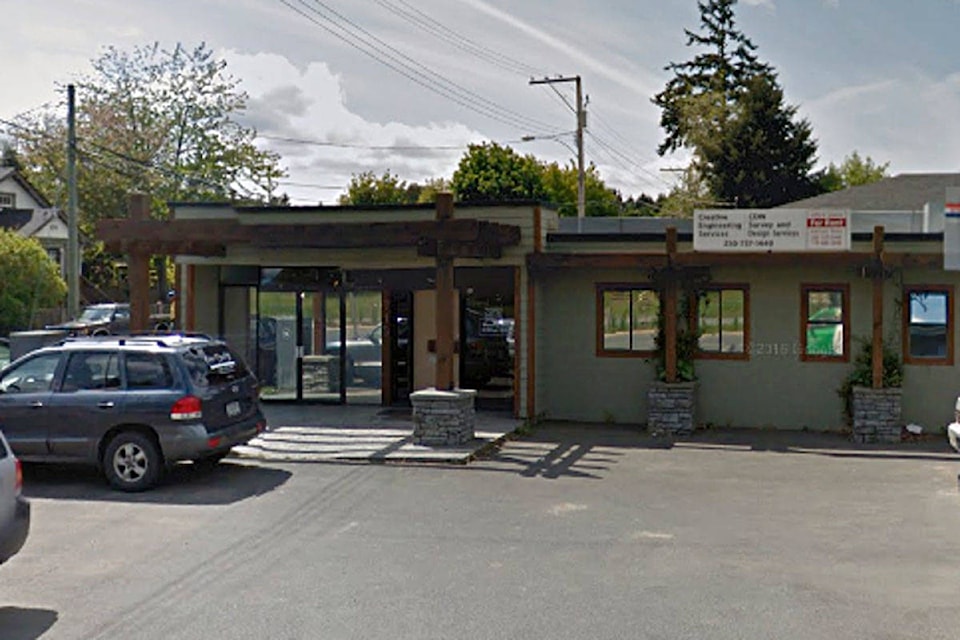The Vancouver Island Health Authority has selected a location in Duncan for Cowichan Valley’s overdose prevention site and doors will open in the coming weeks, according to medical health officer Dr. Paul Hasselback.
The site will be accessible seven days a week at 715 Canada Ave., across from the Margaret Moss Health Centre - a location identified by Island Health as a place were people go to obtain harm reduction supplies.
“Currently work is being done to get that site up and operational…it will be soon…weeks,” Hasselback told the Chronicle. “We’ve been able to get to this point fairly quickly so it’s moving forward with as much haste as possible.”
There are eight overdose prevention sites across Vancouver Island which collectively have recorded 40,000 visits. Only about one per cent of those visits have required intervention for an overdose.
“We’ve seen far too many tragedies that have occurred in the Cowichan area since the start of this crisis in January of last year - somewhere around 25 lives that have been lost,” Hasselback said.
“We know that there is a significant level of overdose activity that’s happened in the Valley and consultation that’s happened with the user community has confirmed the need, as well as some discussion about where within the community would it for to be located.”
In late August, B.C.’s new Minister of Mental Health and Addiction Services, Judy Darcy visited Cowichan and met with local municipal officials to discuss plans to establish a temporary overdose prevention site.
“I emphasized (to municipal officials) that people are crying out for these services, and our job is to take the lead in this crisis and build a support system for these people that reflects the importance it deserves,” Darcy said.
“But we need to save lives before these people can begin long-term treatment for their issues. It’s a fact that nobody has ever died in an overdose prevention site.”
VIHA has been granted authority to create overdose prevention sites under the current provincial ministerial order recognizing the public health emergency in response to the rise in drug overdoses and deaths.
RELATED: Fentanyl-linked overdose deaths soar in B.C
New figures released in a report from the BC Coroners Service on Thursday found that Fentanyl was detected in 706 of the 876 deaths so far this year.
Overdose prevention sites are distinct from supervised consumption sites, which are federally-approved locations with an exemption from the Controlled Substances Act.
Hasselback said consultation took place in Cowichan, with some stakeholders expressing concerns about aggravating services in certain areas, before the Duncan location was eventually selected.
VIHA staff have since been in contact with adjacent neighbours to discuss the opening of the overdose prevention site.
“We also know the sites are well utilized in other communities and they don’t have to be right in the centre,” he said. “We did look at where the overdoses were occurring (in Cowichan), the pick-ups and what are the flow patterns, and this is not inconsistent with being in that zone that there will be a benefit.”
Staffing, operating hours and other details will be hammered by VIHA out in the coming days but the current site in Nanaimo is a fair comparison to how Cowichan’s site will operate, according to Hasselback.
“There are individuals who also come who are looking for information, perhaps some supplies in order to prevent problems from happening,” he said.
“It is often times the first location where individuals are developing some sort of trust with a health care provider and they are actually seen as a gateway for support. There is the potential when someone is wanting to seek treatment services to be able to channel an individual from an overdose prevention site to some supports that are necessary for treatment.”
- With files from Robert Barron
